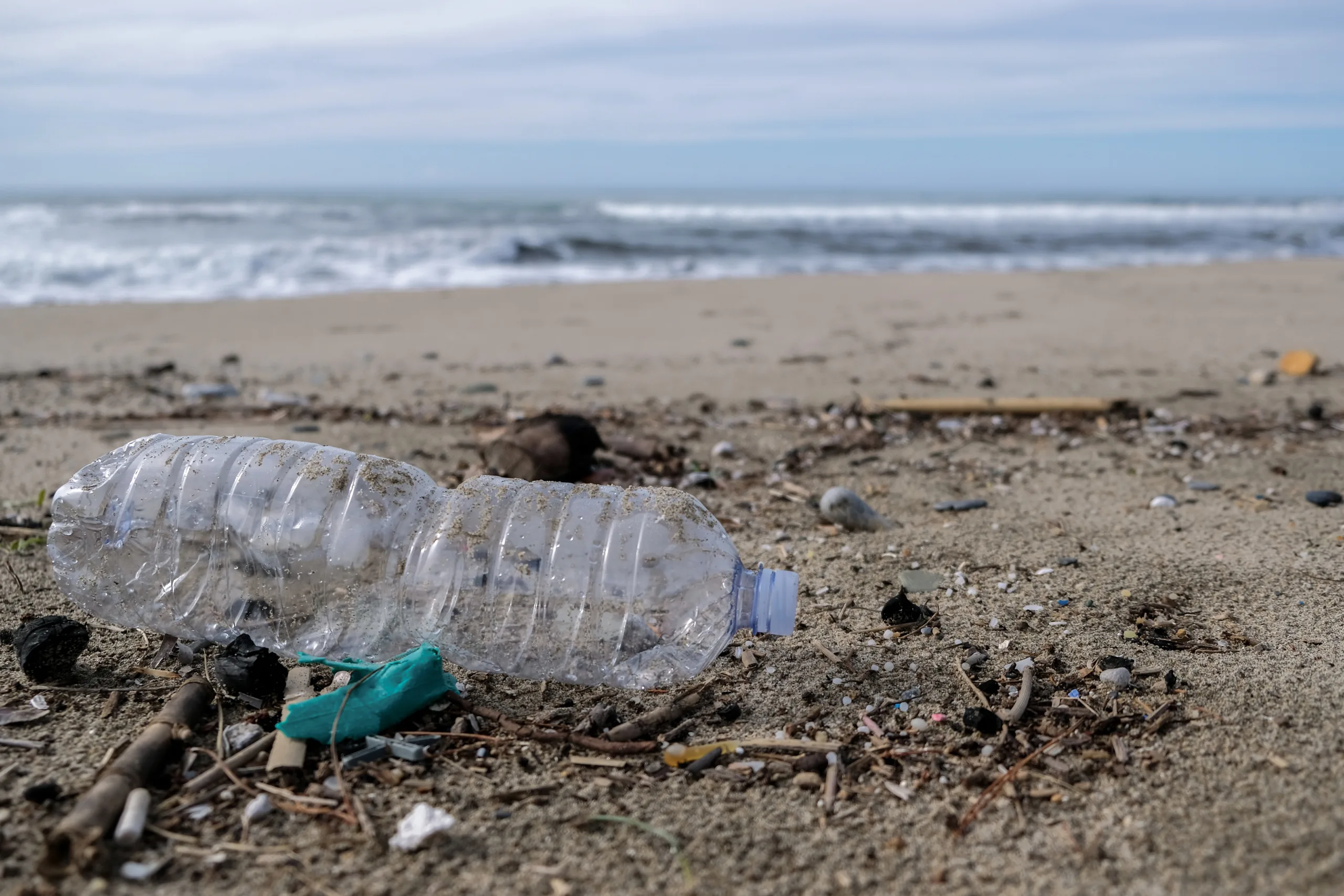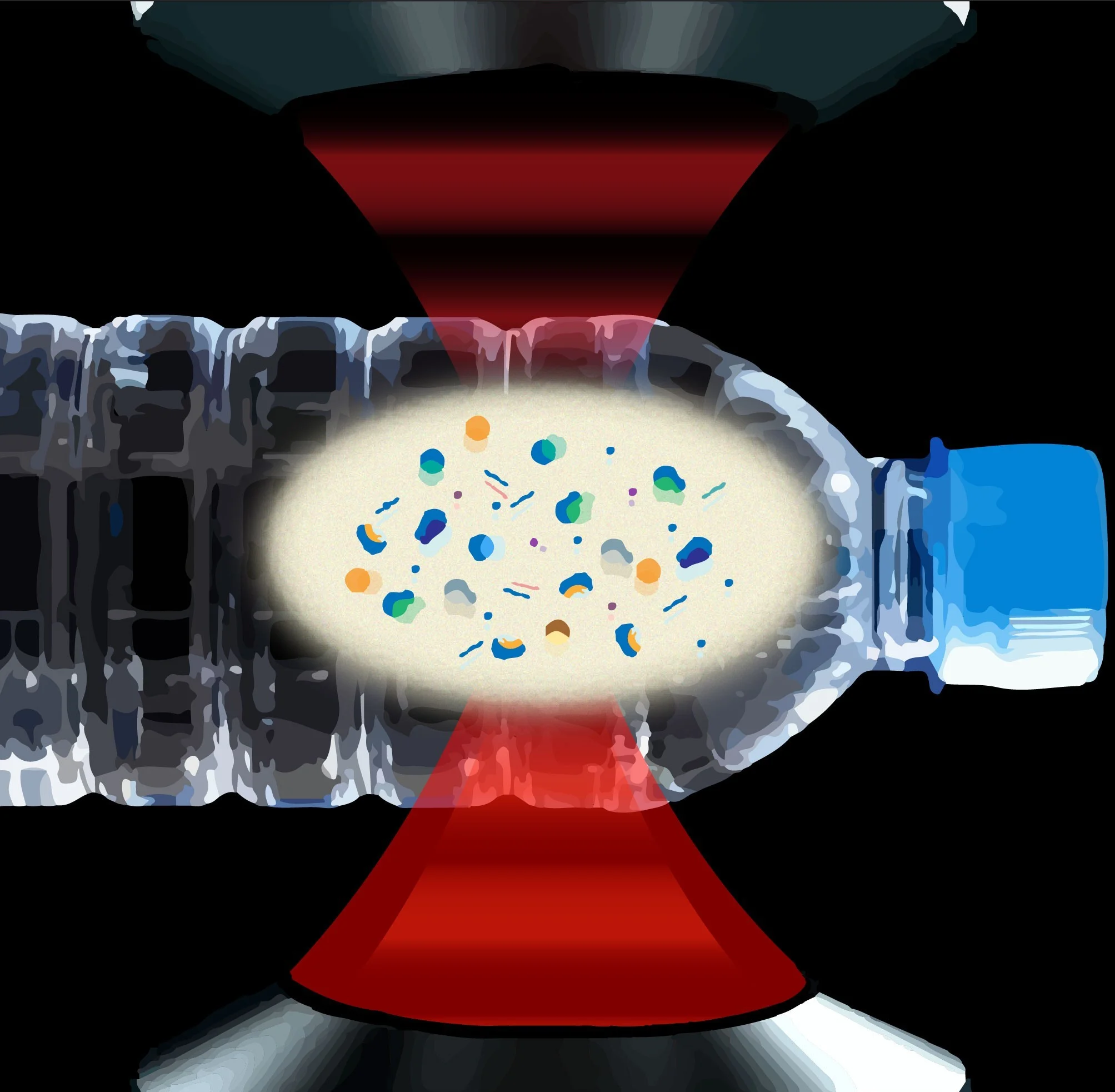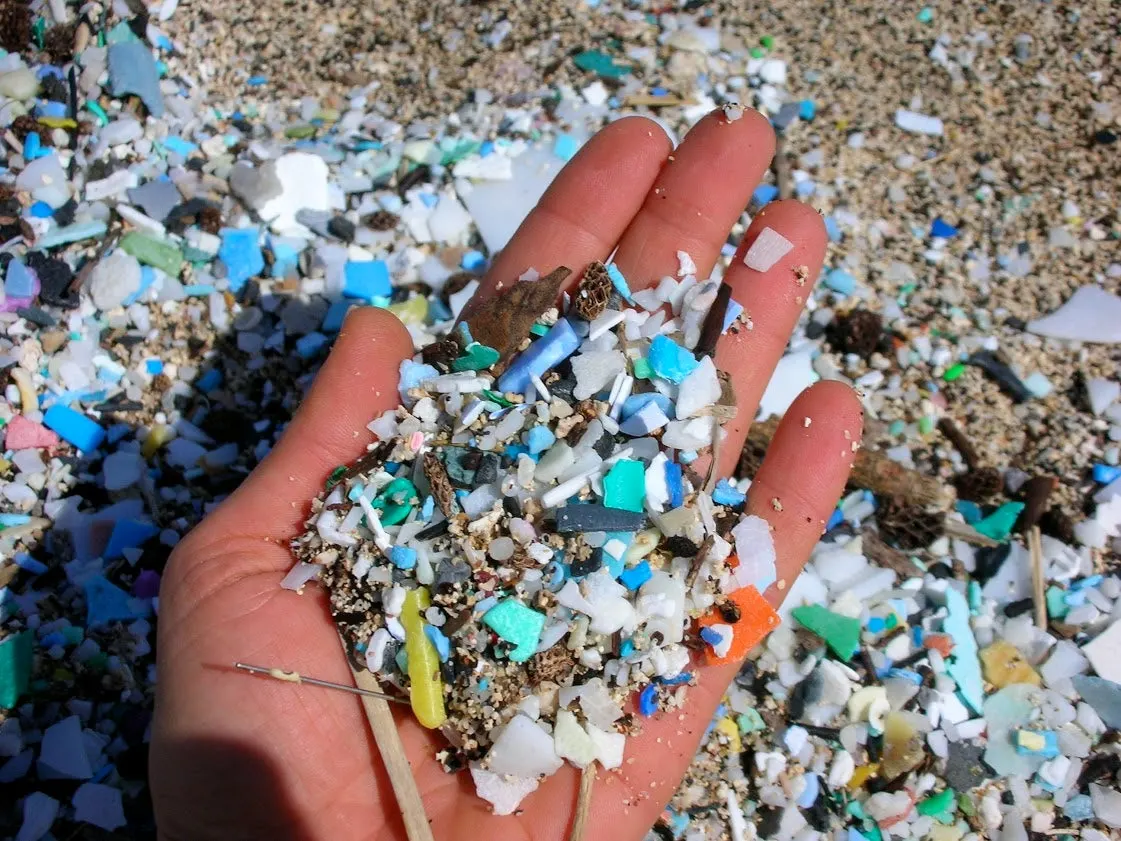New research reveals that a single liter of bottled water can contain hundreds of thousands of plastic nanoparticles, raising significant questions about potential long-term health consequences for consumers.

October 6, 2025

Source:
Save The Water
Plastic Particles Uncovered in Bottled Water
New research has identified a staggering number of plastic particles in bottled water, raising health concerns. The study highlights the prevalence of not just microplastics, but even smaller, more pervasive nanoplastics.
Defining the Contaminants
Understanding the threat begins with defining the particles involved.
Microplastics: These are plastic fragments ranging from 1 micron to 5 millimeters.
Nanoplastics: Measuring less than 1 micron, these particles are small enough to pass through biological barriers.
Alarming Concentrations Found
A groundbreaking study published in the Proceedings of the National Academy of Sciences (PNAS) revealed that a single liter of bottled water can contain between 110,000 and 370,000 plastic particles.
Notably, researchers found that 90% of these particles were nanoplastics, which were previously difficult to detect and are considered more dangerous due to their minuscule size.
Keep up with the story. Subscribe to the PR+ free daily newsletter

Source:
State of the Planet - Columbia University
Potential Health Risks of Consumption
While research into the direct health effects of ingesting plastic particles is ongoing, scientists are concerned about the potential for long-term harm. The ability of nanoplastics to infiltrate the human body is a primary concern.
How Nanoplastics Invade the Body
Due to their size, nanoplastics can move from the gut into the bloodstream. From there, they can travel to and accumulate in vital organs, including the heart, liver, and brain.
The World Health Organization (WHO) has called for more research into the potential impacts of microplastics on human health.
Chronic Health Concerns
Prolonged exposure to these particles could lead to a range of health issues, including:
Chronic inflammation
Hormonal and endocrine disruption
Neurotoxicity and neurological damage
Reproductive health problems
Despite these findings, the U.S. Food and Drug Administration (FDA) has stated it is not yet aware of scientific evidence to suggest that microplastics in food pose a human health risk, but continues to study the issue.
Read More

Source:
Scientific American
Share this news:




















